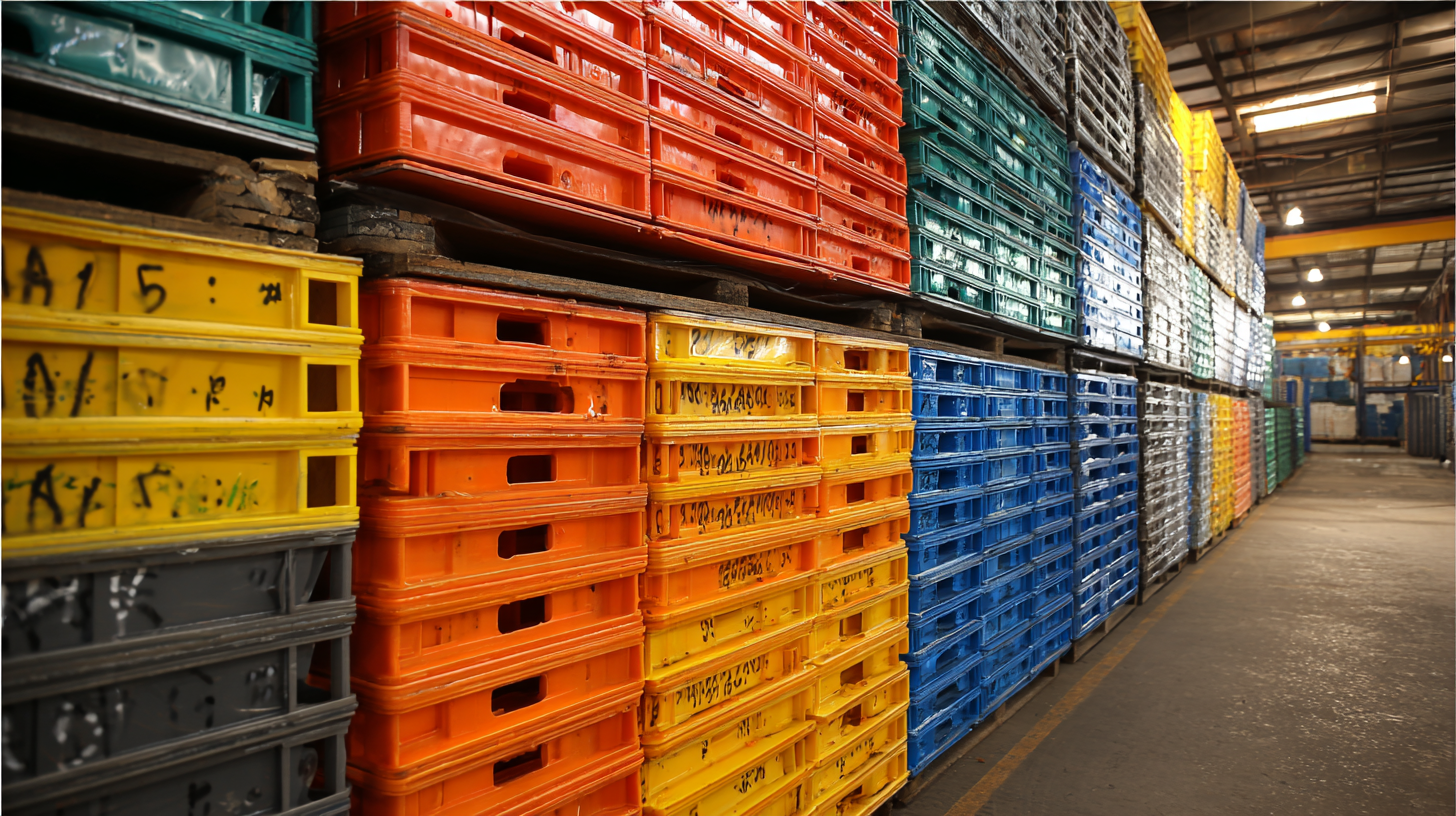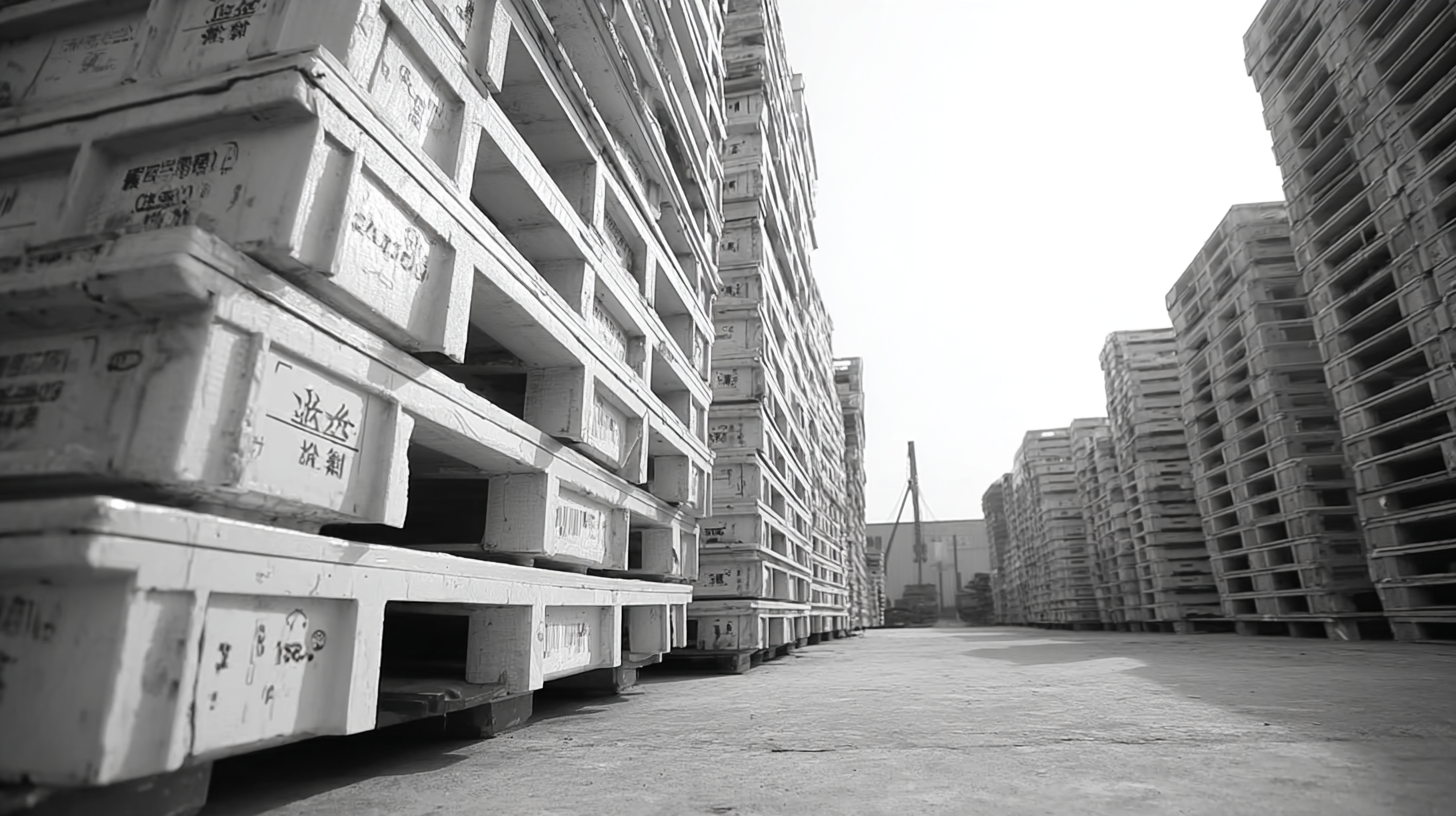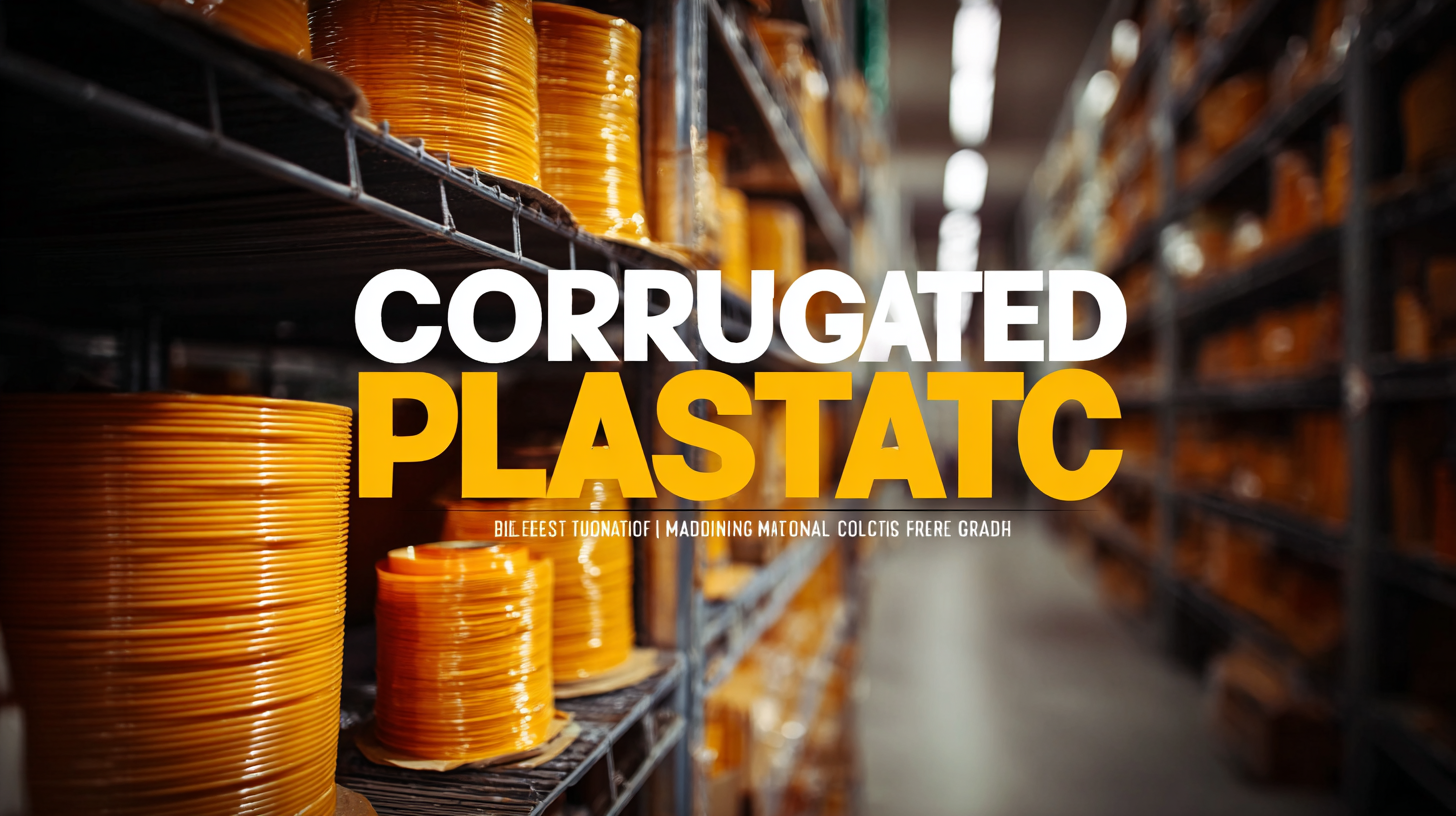
- export5@runpingpp.com
- 24 Hours Online



Industry News
Exceptional Manufacturing of Best Corrugated Plastic from China Serving the Global Market
In recent years, the demand for corru g ated plastic has surged globally, driven by its versatility and eco-friendly characteristics. According to a market research report by MarketsandMarkets, the corrugated plastic market is projected to reach USD 39.6 billion by 2025, growing at a CAGR of 6.2% from 2020. This growth is largely attributed to its widespread applications in packaging, signage, and construction, where durability and lightweight properties are paramount. As more industries seek reliable sources for high-quality corrugated plastic, China's manufacturing sector has emerged as a key player on the global stage. However, navigating the complexities of import and export certifications in this industry is crucial for ensuring product quality and regulatory compliance.

This blog will explore the essential certifications needed and provide a comprehensive guide on how to effectively source exceptional corrugated plastic from China for international markets.
Innovative Techniques in Corrugated Plastic Manufacturing for Global Supply
The global supply chain is witnessing a significant transformation in the corrugated plastic manufacturing sector, driven by innovative techniques aimed at meeting the growing demands for sustainability and efficiency. As companies face increasing pressure to create environmentally friendly packaging solutions, the emphasis on using recycled materials has never been more crucial. High long-term demand for recycled content in packaging indicates a potential shortage of materials, prompting manufacturers to innovate their processes and find effective solutions to utilize recycled inputs.
Recent market analysis reveals that the global electronic packaging market alone is expected to surge to approximately USD 6.14 billion by 2032, highlighting the importance of advanced packaging solutions in technology-driven industries. As the market expands, incorporating sustainable practices into corrugated plastic manufacturing becomes essential for firms looking to compete globally. Innovative practices not only enhance the durability and functionality of packaging but also align with the broader trends of reducing plastic waste and promoting recycling within packaging systems.
Additionally, the impact of recent tariffs on various packaging materials, including corrugated options, further stresses the need for manufacturers to adapt. Companies are increasingly innovating packaging designs to facilitate customer recycling and shifting away from non-recyclable materials. This strategic pivot not only addresses market demands but also reinforces the commitment to sustainability, ensuring that manufacturers remain at the forefront of a rapidly evolving industry landscape.
Global Production of Corrugated Plastic (2018-2022)
Quality Control Measures in China’s Corrugated Plastic Production Industry
In recent years, the corrugated plastic production industry in China has distinguished itself through stringent quality control measures that align with global market demands. This commitment to quality is crucial, especially considering the environmental challenges posed by urban runoff. According to industry reports, approximately 70% of stormwater pollution originates from urban sources, underscoring the need for manufacturers to prioritize eco-friendly practices in their production processes.
Chinese manufacturers have implemented comprehensive quality control protocols, ensuring that the corrugated plastic they produce not only meets durability and performance standards but also minimizes environmental impact. For instance, many companies have adopted closed-loop systems in their production lines, which recycle water and reduce waste, significantly cutting down the pollutants that would otherwise enter storm drains. Furthermore, rigorous testing for harmful substances ensures that the final products are safe for both consumers and the environment, aligning with international regulations.
As the global market increasingly demands sustainability, the emphasis on quality control in China’s corrugated plastic industry serves as a model for responsible manufacturing. Reports indicate that investing in quality control not only enhances product lifespan but also contributes to a healthier ecosystem, ultimately benefiting communities worldwide. This synergy of quality and sustainability positions China as a leader in responsible manufacturing practices related to corrugated plastics.
Sustainability Practices in the Corrugated Plastic Sector: A Global Perspective
Sustainability has become a driving force in the corrugated plastic sector, influencing both manufacturing practices and consumer preferences. The global shift towards eco-friendly alternatives has prompted a significant transformation in how corrugated plastics are produced. According to a recent report by Smithers, the demand for sustainable packaging solutions is expected to grow by 4.5% annually, indicating that manufacturers are increasingly prioritizing environmentally responsible practices. In this context, recycling and the use of biodegradable materials are at the forefront of the industry’s initiatives.

To incorporate sustainability effectively, businesses can focus on the following tips: First, consider sourcing raw materials from recycled sources—this not only reduces waste but also connects brands with environmentally-conscious consumers. Second, invest in energy-efficient technologies to minimize carbon footprints during production. Lastly, educate customers about product end-of-life options, reinforcing the importance of recycling and reusing corrugated plastic. Such practices not only enhance brand reputation but can also lead to cost savings in the long run.
As market leaders in China enhance their sustainable manufacturing capabilities, they not only contribute to a healthier planet but also maintain a competitive edge in the global market. Industry statistics reveal that companies adopting sustainable practices can experience up to a 15% increase in market share. The future of corrugated plastic relies on balancing innovation with ecological responsibility, ensuring that advancements in manufacturing align with a commitment to sustainability.
Market Trends and Consumer Demand for Corrugated Plastic Solutions
In recent years, the demand for corrugated plastic solutions has significantly surged globally, driven by various industry trends and evolving consumer preferences. As businesses increasingly seek sustainable and durable packaging options, corrugated plastic has emerged as a favored material due to its lightweight nature and recyclability. This shift is particularly evident in sectors such as e-commerce, where efficient packaging is crucial for protecting products during transit. Additionally, manufacturers are exploring innovative designs that cater to specific customer needs, ultimately enhancing the appeal of corrugated plastic solutions in the marketplace.
Another trend contributing to the rise in consumer demand for corrugated plastic is the growing emphasis on customization. Companies are no longer satisfied with generic packaging; they want solutions that reflect their brand identity and meet the unique requirements of their products. This demand for personalization has encouraged manufacturers in China to expand their offerings, providing a range of colors, sizes, and configurations. Furthermore, the rise of eco-conscious consumers has prompted a focus on environmentally friendly manufacturing practices, increasing the attractiveness of corrugated plastic as an alternative to traditional packaging materials. As these trends continue to evolve, the global market for corrugated plastic is set to expand even further, creating opportunities for manufacturers to innovate and meet consumer expectations.
Exceptional Manufacturing of Best Corrugated Plastic from China Serving the Global Market - Market Trends and Consumer Demand for Corrugated Plastic Solutions
| Region | Market Size (in million USD) | Projected Growth Rate (%) | Key Applications |
|---|---|---|---|
| North America | 450 | 5.2 | Packaging, Signage |
| Europe | 370 | 4.8 | Construction, Retail |
| Asia-Pacific | 600 | 7.0 | Packaging, Agriculture |
| Latin America | 150 | 4.0 | Packaging, Automotive |
| Middle East & Africa | 120 | 3.5 | Retail, Events |
Effective Strategies for Exporting Chinese Corrugated Plastic Products Worldwide
In the competitive landscape of global trade, exporting corrugated plastic products from China requires a well-crafted strategy that addresses various challenges and harnesses unique opportunities. One effective approach is to leverage China's advanced manufacturing capabilities. By focusing on high-quality production processes, companies can ensure their products meet international standards, thus enhancing their appeal in overseas markets. Establishing a robust supply chain that emphasizes efficiency and reliability is also crucial, as it enables timely deliveries and builds trust with international clients.
Moreover, understanding market trends and consumer preferences is essential for successful export strategies. Conducting thorough market research helps manufacturers identify potential markets and tailor their products to meet specific demands. Collaborating with local distributors or agents in target countries can provide valuable insights and accelerate market entry. Utilizing digital marketing platforms to showcase products and communicate with potential buyers is another tactic that can greatly increase visibility and expand customer reach. These strategic initiatives not only facilitate the export process but also position Chinese corrugated plastic manufacturers as leaders in the global market.
